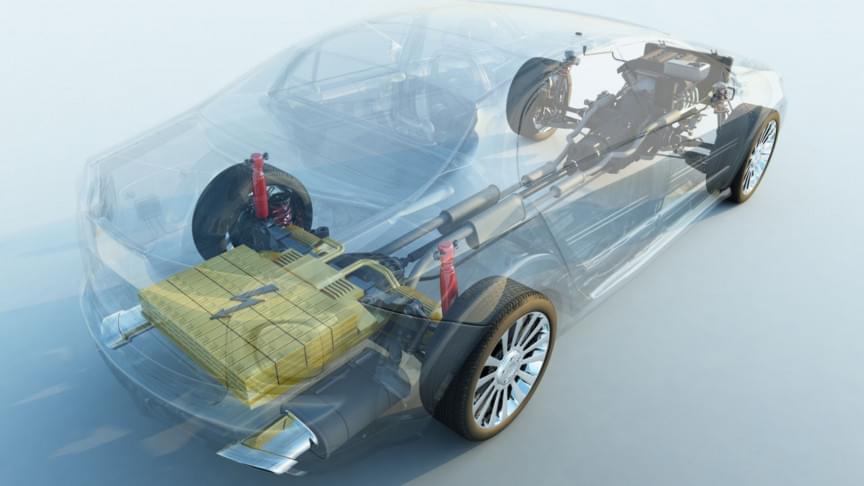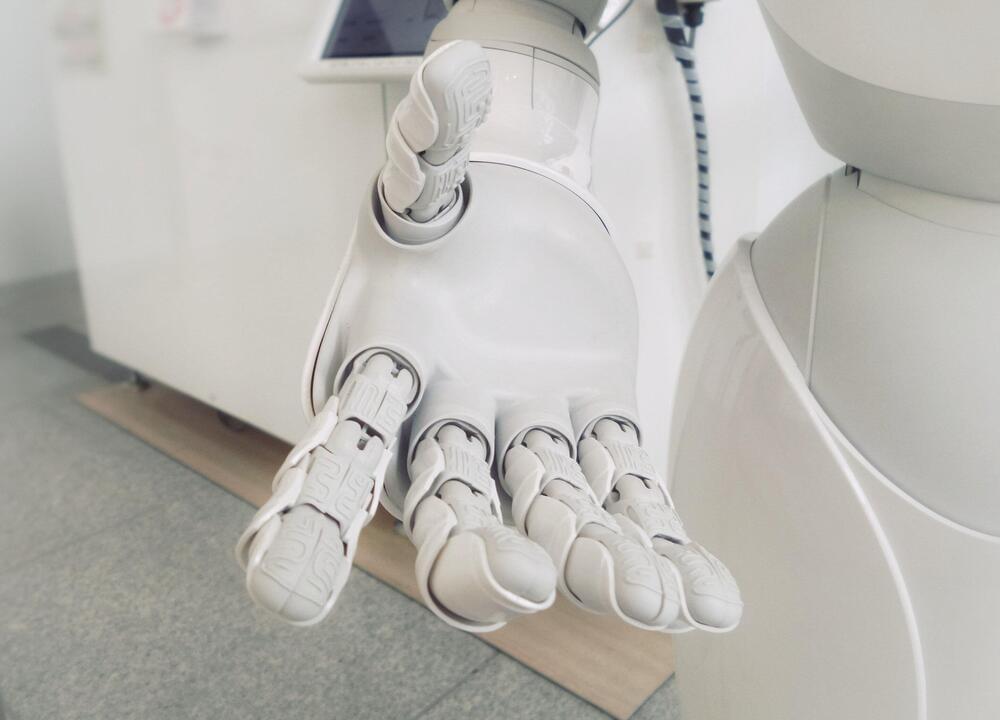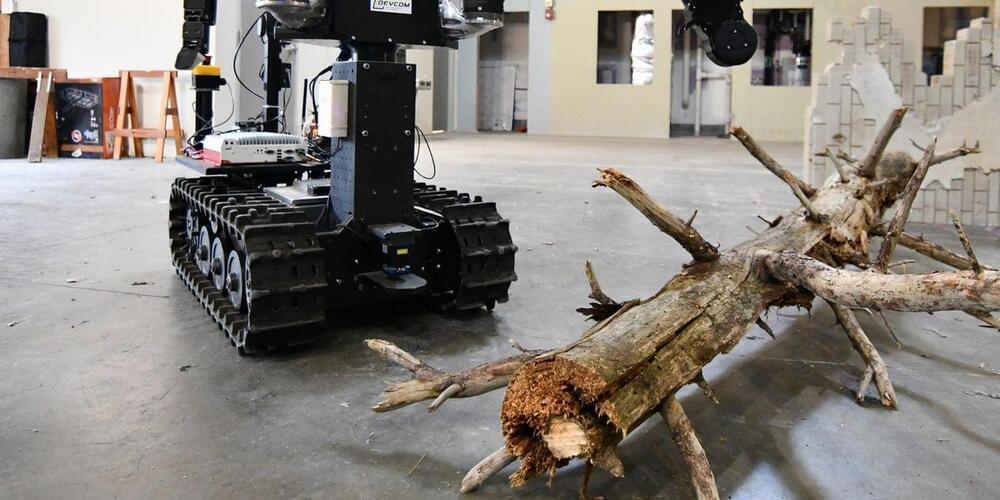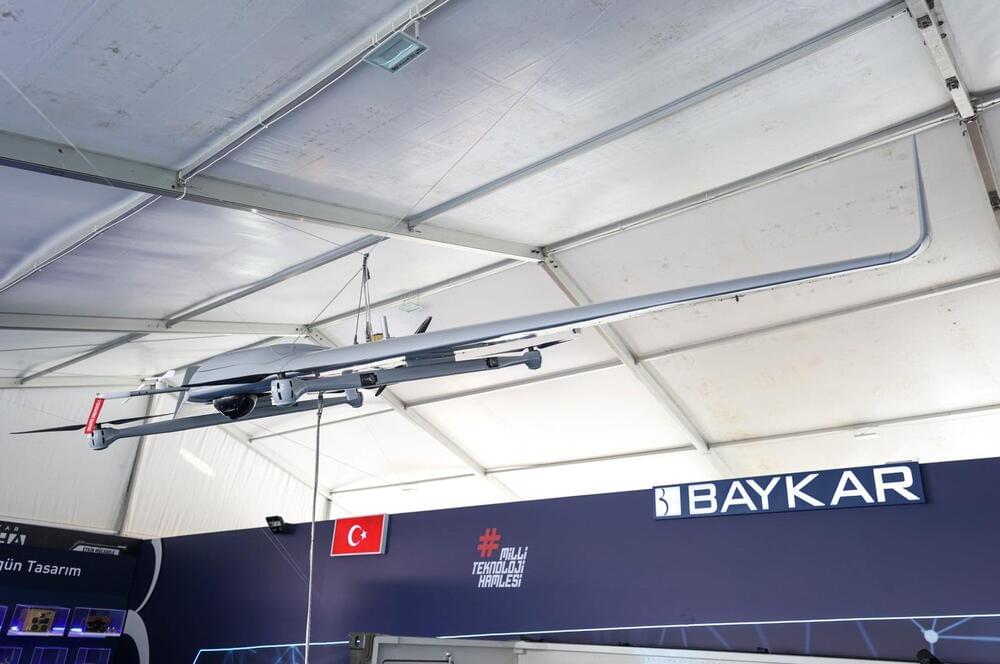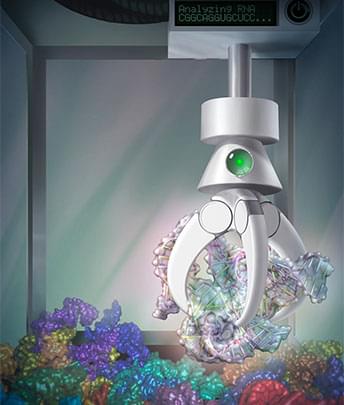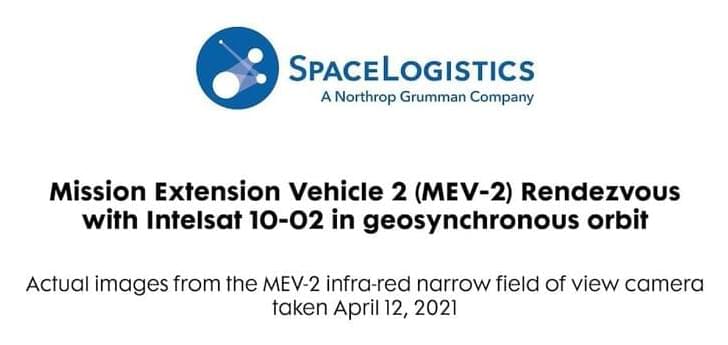LG Energy Solutions, a partner in the research, has plans for mass production of solid-state batteries by 2027.
While the transition to renewable energies is a high priority, there is also a need to develop energy storage equipment to tide over low production cycles. Lithium-ion batteries are currently our best bet but can’t serve very high energy requirements. Researchers at the University of California, San Diego, in collaboration with LG Energy Solutions, may have solved our requirement of energy-dense batteries by developing a solid-state battery with a silicon anode.
Lithium-ion batteries use graphite coated in copper foil, as their anodes or negative electrode. While this system does work well, future applications such as electric-powered flight and energy storage for grids require batteries with high energy densities. Scientists around the globe are working to resolve this issue and ubiquitous silicon is a potential answer.
Theoretically, silicon as an anode in a lithium-ion battery can deliver 10 times the energy capacity that graphite currently offers. Scientists have known this for decades and have tried to use silicon in batteries only to see them fare poorly. Silicon reacts with the liquid electrolytes in the batteries and even expands and contracts during charging and discharging cycles. This results in capacity losses over a period of time, taking away the edge that silicon offered in the first place.
